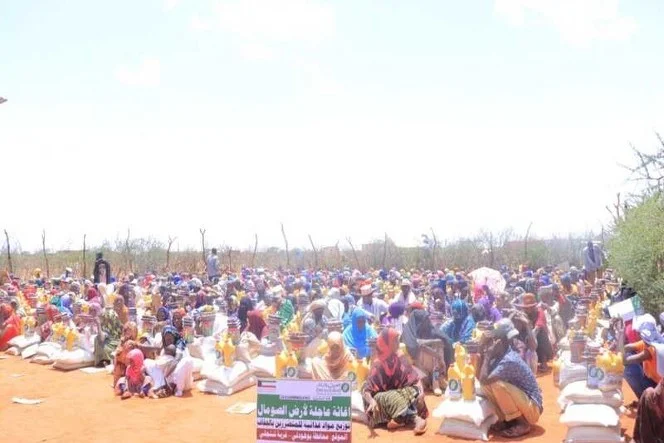FAO calls for immediate and intensive assistance to affected rural communities
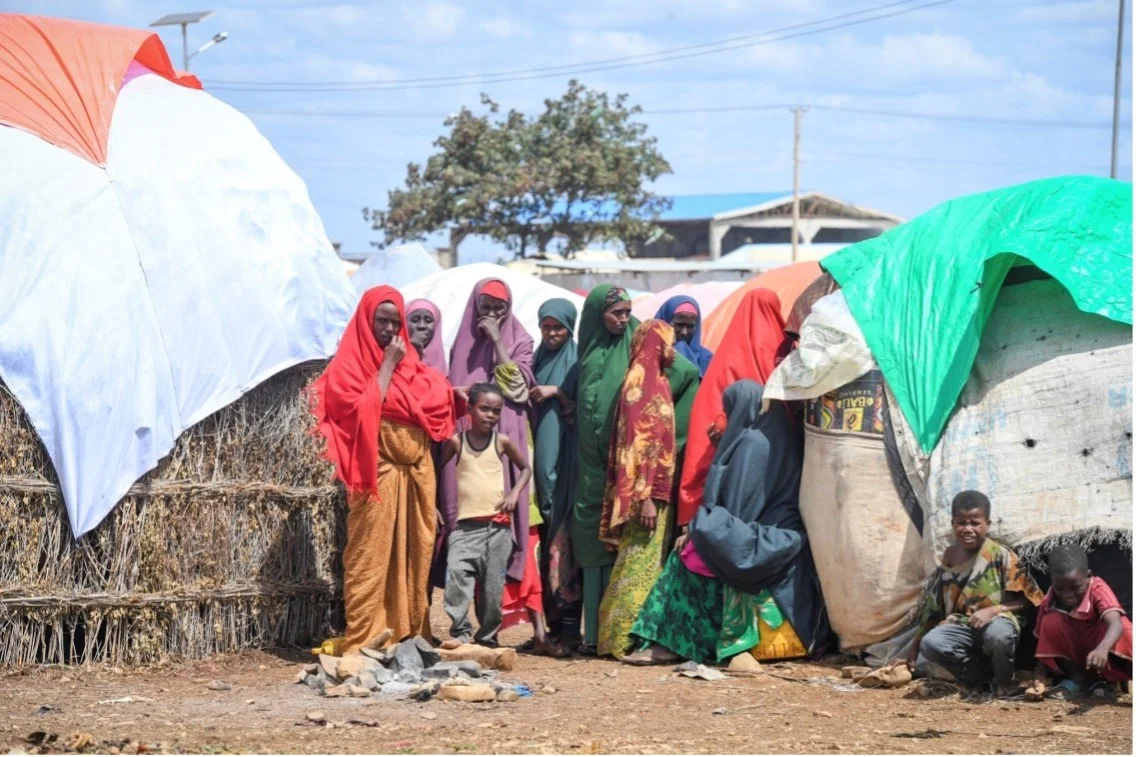
A new analysis of food security and nutrition reveals that as famine expands across parts of Somalia, staggering levels of suffering can be seen across the country. In response, the Chairs of the Inter-Agency Standing Committee, the most prestigious and prestigious forum for humanitarian coordination in the UN system, issued a statement today calling for a significant infusion of funds to enable a massive increase in aid.
People suffering from famine and extreme hunger in Somalia today are often livestock owners and members of rural families. Their survival depends on the survival of their herds. Their children’s nutrition is closely linked to the health and productivity of their animals. These animals have continued to die at a terrible rate over the past year.
While the Food and Agriculture Organization of the United Nations (FAO) has already taken the initiative to convert its ongoing support to these rural communities into cash assistance, along with vital livestock feed, care and water, much more is urgently needed.
Unprecedented levels of drought, skyrocketing food prices, conflicts and the outbreak of the COVID-19 pandemic have forced more than a million people – the majority of them women and girls – to abandon their homes, lands and way of life and take refuge in camps, where they now face risks. There is a lot to do with their protection and they are forced to rely on foreign aid to meet all their needs – water, food, health care and shelter. The number of people in need of urgent humanitarian assistance has increased from 4.1 million people at the beginning of 2022 to 7.1 million people during the period between June and September 2022.
Although livelihood support is crucial to people’s survival, it is severely underfunded in the ongoing humanitarian response, and those who suffer most are hard-to-reach rural populations. Notably, every $1 invested in protecting rural livelihoods results in approximately $10 in food assistance for displaced families. While the organization was able to reach 333,661 families between January and August of this year with life-saving cash and livelihood assistance, the amount of assistance currently being made available and the funding provided by the international community are not yet sufficient to protect the most vulnerable people. vulnerable.
Financing gap
Closer to affected communities in Somalia, the organization provides assistance to rural areas. This helps keep families and communities together during crises, reducing the psychological, social and physical risks to vulnerable people, and paving the way for faster recovery in the future. With its well-established network of local partners and implementation modalities, FAO remains the agency with the greatest potential to reach people and the systems in place to scale life-saving assistance in hard-to-reach rural areas at risk of famine.
Key elements of the organization’s response plan include direct cash transfers and cash-for-work programs specifically targeting rural communities, along with a range of support measures such as keeping pastoralist animals productive and alive by providing fodder, water and veterinary care; Distributing varieties of sorghum, maize, cowpeas, and other drought-tolerant and early-maturing beans and vegetables to families living on the banks of rivers who are still able to practice agriculture despite the drought.
In Somalia, the organization urgently needs approximately US$270 million to reach 1.8 million people in 52 districts by providing immediate support to save lives and protect their livelihoods. Funding levels remain very low, with only 23 percent of the plan funded in August 2022.
About the Inter-Agency Standing Committee
The IASC brings together the executive heads of 18 organizations, including FAO, to formulate policies, set strategic priorities and mobilize resources to respond to humanitarian crises.
 Algeria
Algeria Bahrain
Bahrain Comoros
Comoros Djibouti
Djibouti Egypt
Egypt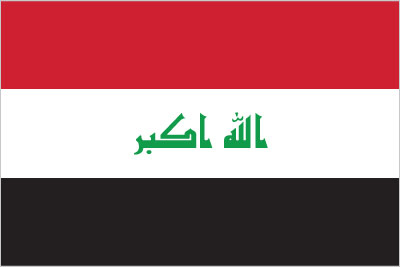 Iraq
Iraq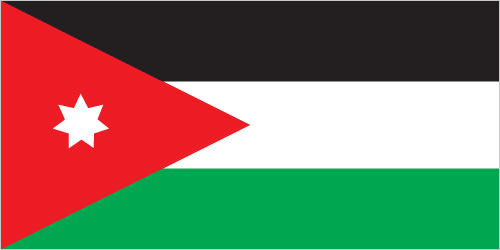 Jordan
Jordan Kuwait
Kuwait Lebanon
Lebanon Libya
Libya Mauritania
Mauritania Morocco
Morocco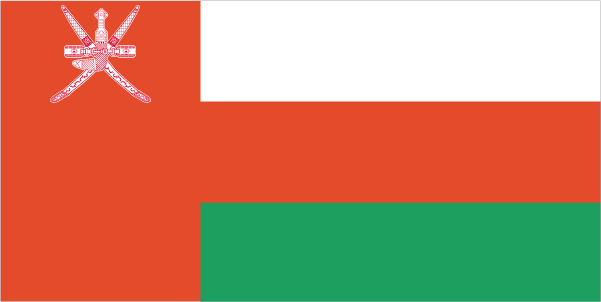 Oman
Oman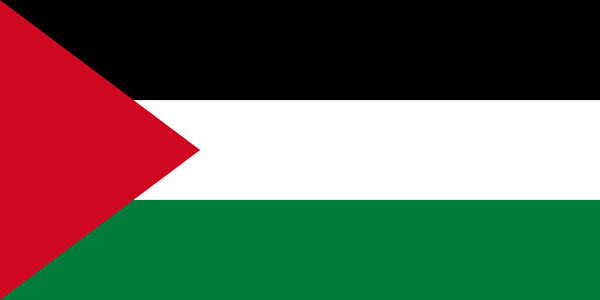 Palestine
Palestine Qatar
Qatar Saudi Arabia
Saudi Arabia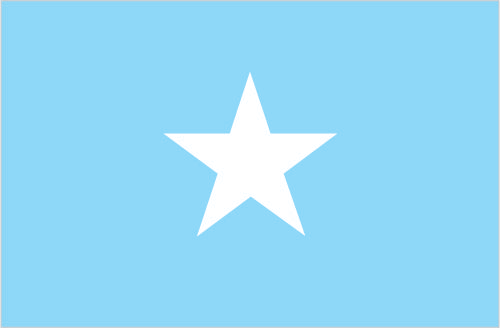 Somalia
Somalia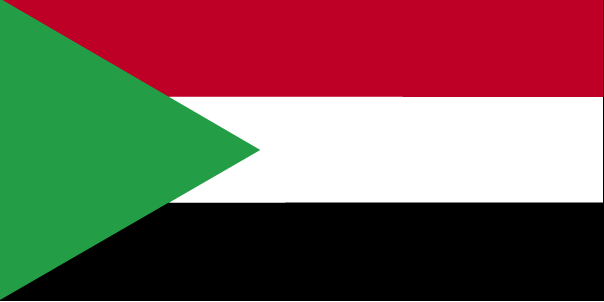 Sudan
Sudan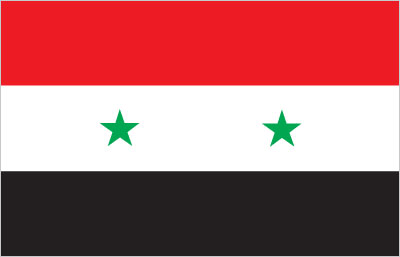 Syria
Syria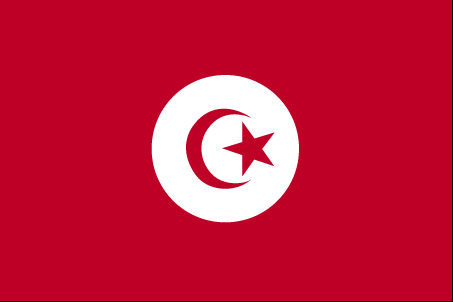 Tunisia
Tunisia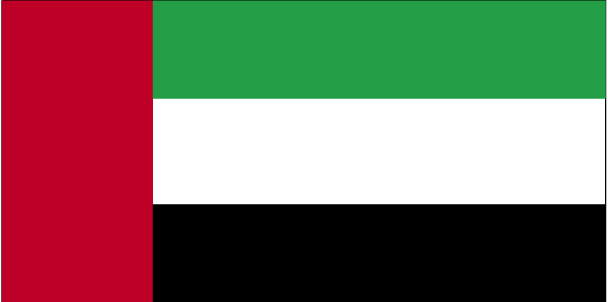 UAE
UAE Yemen
Yemen